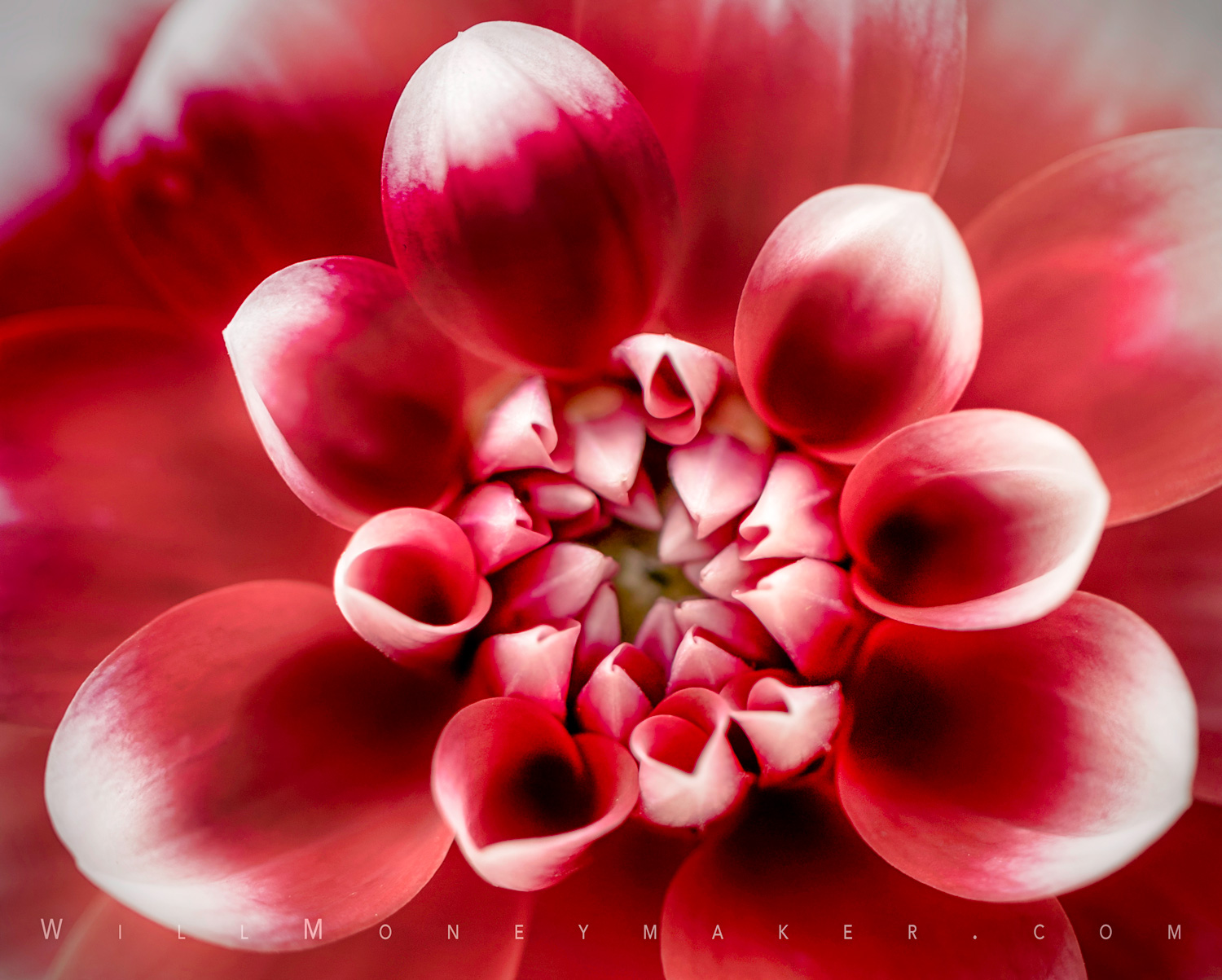One of the best things about creativity is that it truly is without limits. We can see this in a variety of places, like in the worlds of film and literature. TV shows and movies will have spinoffs, sequels, and prequels—and novels do the same. For some writers, what starts as a single novel branches out until it becomes a 12-book series, plus a collection of short stories, a prequel trilogy, and more.
That’s what creativity does when the ideas are full of life and allowed to flourish. And as much as we might roll our eyes at the sequel movies in theaters that feel more like an attempt to get us to spend on tickets rather than a legitimate expansion to the story, this is a good thing when our projects take on a life of their own such that they branch out in a variety of ways.
And yet, sometimes we creative types will snip off these figurative branches as they start to grow. We will stick doggedly to the initial project idea. The reasons for doing this do have some validity. Perhaps we don’t want to get sidetracked, or maybe we don’t want to become overwhelmed by a sudden flood of side projects all relating to the central theme.
While the reasons for not allowing our projects to branch may be valid, I still don’t think it would be a good idea. After all, what would the world be if Star Trek had stopped at the original series without also giving us The Next Generation to enjoy. Where would high fantasy literature be if Tolkien had stopped at The Hobbit, or mystery novels if there was only one Sherlock Holmes title and only one Agatha Christie novel?
Creative branchings give us depth and richness—and that’s just as true in photography as it is anywhere else. To my mind, it’s best to let photography projects branch and birth new spinoffs as much as they want to. Some projects that you get into won’t have all that many spinoff ideas, but others will be an absolute goldmine of inspiration.
Still, as I mentioned before, you can run into trouble when unbridled creativity really gets going. Think of it as a garden with way too much fertilizer: Before too long, your plants will be so overgrown that you won’t even know where to start with the pruning and cleanup process.
So when you do have these goldmine projects that seem to produce limitless branches? Allow them to grow—but as with a garden, guide the way they grow carefully so that things don’t get out of hand. Don’t let this wealth of ideas get to the state that you stall on the project because it’s become so big that you have no idea which pieces of it to pursue.
Rather, take careful notes on your project, documenting your thoughts and even creating outlines for how you’d like collections of photographs to eventually flow. This ensures that you don’t forget what you were thinking when the spinoff project came into your mind.
Once you’ve got those notes, find a good way to keep them organized. It can be all in one master document on your computer or cloud drive, or you could keep them in a folder or journal. Just make sure that wherever you keep your notes, they don’t get lost in the shuffle of the rest of your documents.
And what about working on your massive project and all of its various spinoffs? Which pieces do you start with? Well, that’s up to you. It’s best to follow your inspiration. If you’re really not feeling a particular portion of a project, then working on that portion is unlikely to be particularly efficient or filled with creativity. Better to work on the parts that have you excited to create. As you keep going you’ll find that your mindset changes from week to week and month to month, and those parts that left you feeling less inspired will get their time in the spotlight.
It’s OK to let your creativity flourish however it will. Just make sure to carefully tend to your ideas, keeping them organized and working on them as the inspiration arises. This is how to ensure that your ideas bear the best fruit.
Now go and enjoy the beauty of God’s creation through your lens.





